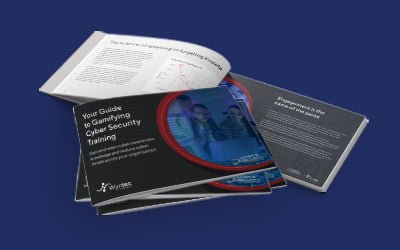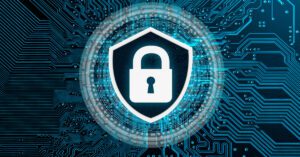Despite the many tools and technology available to protect yourself, data breaches have not decreased in any way over the last five years. In fact, it has even increased and become more devious in nature. Even the occurrence of the pandemic has not impeded the rise of scams and cyberattacks in Australia. Malicious actors don’t care that we’re in the middle of a global health crisis. They will take what they can get from vulnerable people.
No industry or individual is exempted from the destructive potential of cyberattacks. Anybody can be a victim. Hackers now even have access to a vast ocean of confidential information that they got due to the various password-related attacks last year.
Many organisations are now shifting to digital, and with this transition comes new avenues for hackers to take advantage of. The rapid adoption of remote work due to the pandemic even accelerated this fact. There are now more services online and many new applications that facilitate virtual interactions with employees and customers. All of the changes in the modern working environment has presented opportunities for cyberattackers to abuse.
So, how do you obtain maximum value from your technology to protect all your digital assets? Well, you need to rethink your security strategy. Start with your password policy that many hackers expose and exploit. Many cyber attacks start with problems in password policies or the lack of it thereof.
Here are some of our tips and strategies to keep your passwords safe in the digital age:
There is no “immunity” to password threats
Sooner or later, your business will be breached by malicious actors. It’s not a matter of “if” but “when.“ As such, you need to take the necessary steps today to protect yourself from the threats coming your way. Modernise your password policies to reduce the risk of a successful attack.
Don’t change frequently, change when exposed
It is a common misconception that you need to change passwords as frequently as possible. The problem with that is you risk forgetting what your current password is which can present inconvenience and loss of productivity. You and your employees should stop wasting time and resources resetting passwords when the root of the problem is exposure. If the user already has a strong and unique password, to begin with, there’s no reason to change it.
Screen for compromised credentials regularly
Cyberattacks happen every day. There is no reason to keep your guard down. Make sure that you continuously screen for compromised credentials regularly to ensure that all your organisation’s passwords are safe and unexposed in any way. This is the best way to mitigate any risks without changing passwords so frequently and affecting productivity and help desk costs.
Multi-factor authentication (MFA) should be mandatory
Of course, a strong and unique password is highly recommended but adopting additional authentication measure won’t hurt anyone. It will even add another layer of protection to your system. Having an MFA is not only suitable for financial services organisations. It’s for every organisation that wishes to protect its system and data thoroughly.
Make sure to promote password hygiene
Same with good body hygiene, it’s also important that your password remains clean and unsullied by any exposure. You need to educate and instil the value of good cybersecurity practices in your organisation. Promote using strong passwords and prevent password reuse and sharing.
The Key Takeaway
Poor password practices are making it easier for malicious actors to infiltrate systems and gather sensitive information from your clients and your organisation. As businesses continue to adopt digital transformation, it’s important to take a step back and ensure that your password policies and other cybersecurity strategies are also all modernised and updated to prevent any risk of attacks.





